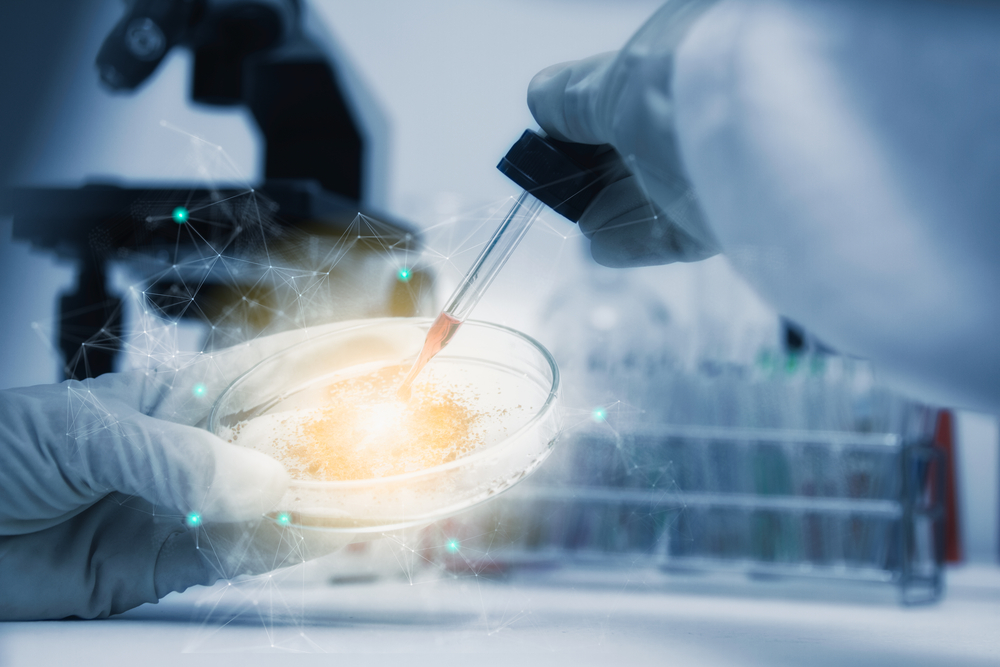Report Characterizes Molecular Consequences of AADC Deficiency-causing Mutations

In a new study, investigators characterized the molecular consequences of two particular variants in the aromatic amino acid or dopa decarboxylase (DDC) gene at the protein level. It is hoped that better understanding such details will lead to better prognoses and, eventually, targeted therapies.
The study, “A novel compound heterozygous genotype associated with aromatic amino acid decarboxylase deficiency: Clinical aspects and biochemical studies,” was published in the journal Molecular Genetics and Metabolism.
Mutations in the DDC gene can cause AADC deficiency. Since there are two copies of the DDC gene (one from each biological parent), a person with AADC deficiency can be homozygous (meaning both genes have the same mutation), or heterozygous (when both genes have different mutations).
In this study, researchers examined two different AADC mutations — A91V and C410G (named for the change in amino acid at the protein level that results from each mutation) — found in a 5-year-old boy with AADC deficiency.
The researchers wanted to find out how these mutations functionally affected the AADC protein. To do this, they used bacteria to produce purified versions of wild-type AADC protein, as well as both mutations.
Since the AADC protein functions as a dimer — meaning two copies of the protein need to come together for it to work — they purified the proteins in dimer form. Then they analyzed the proteins’ structure and tested their function.
Structurally, C410G dimers were pretty similar to normal ones. On the other hand, A91V dimers were folded improperly.
A similar difference was noted after functional tests: although both mutants had lower enzyme activity than the normal protein, the C410G mutation resulted in a four-fold decrease in activity, whereas the A91V mutation decreased activity by about 1,200-fold.
Because AADC acts in dimers, it also is possible that, in a heterozygous person, there would be dimers with one protein that has the A91V mutation, and one that has C410G — broadly called a heterodimer. The researchers also attempted to purify such dimers, but were able to obtain only very low amounts.
They did some experiments that suggested these heterodimers functioned at activity levels somewhere between those of the two homodimers (both proteins in the dimer having the same mutation, i.e., either A91V or C410G). However, because the amount of purified protein was so low, the numbers are less precise.
The most important takeaway the researchers highlighted was how one of these mutations appears to drastically reduce the enzyme’s ability to function, whereas the other has only a mild effect. This is particularly important because the original patient did respond to therapy with L-dopa, which essentially involves giving a patient more raw material with which the enzyme can work.
Based on this, the researchers wrote in their paper, “it is likely that the metabolic phenotype of AADC deficiency patients bearing the C410G/A91V mutations will be characterized mainly by the decarboxylase activity of the C410G homodimer.”
In other words, the patient’s responsiveness to therapies probably was based largely on just the one type of mutated protein, since the other was unlikely to be functioning at all.
This may help better understand future cases where either, or both, the mutations appear, and such better understanding, hopefully, will help guide patients and clinicians in medical decision-making.






